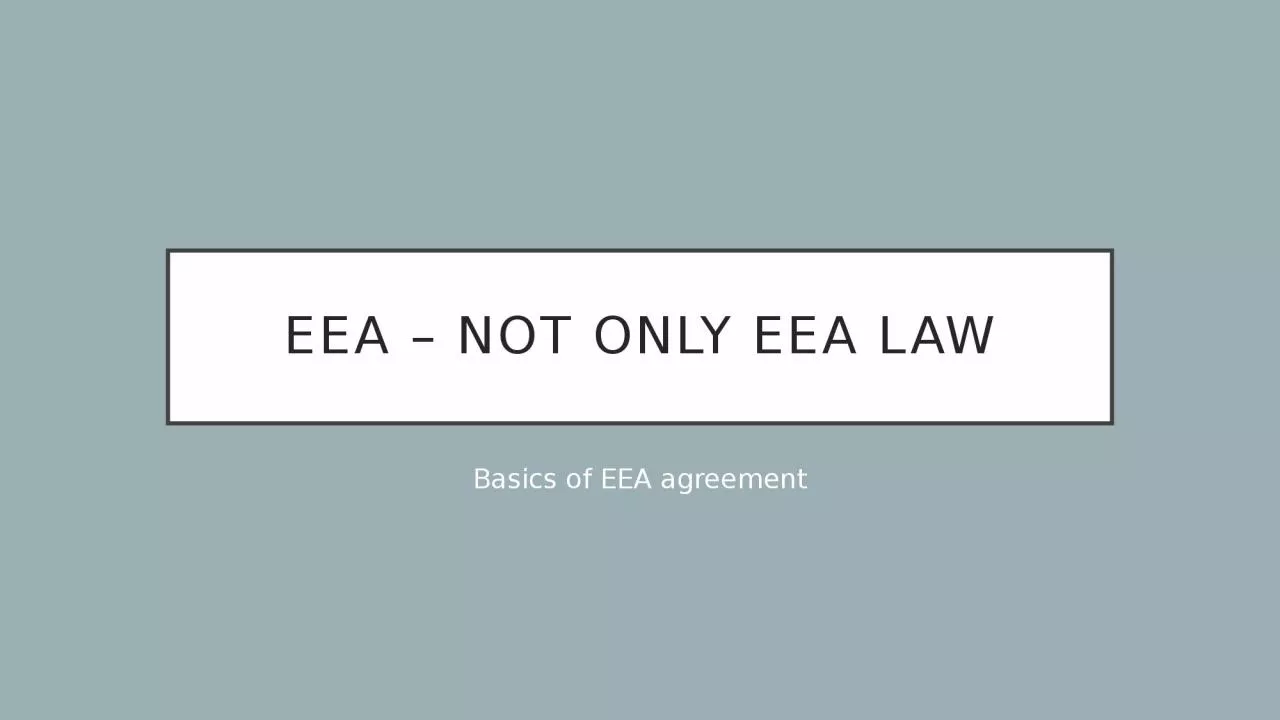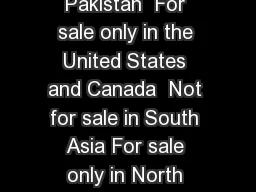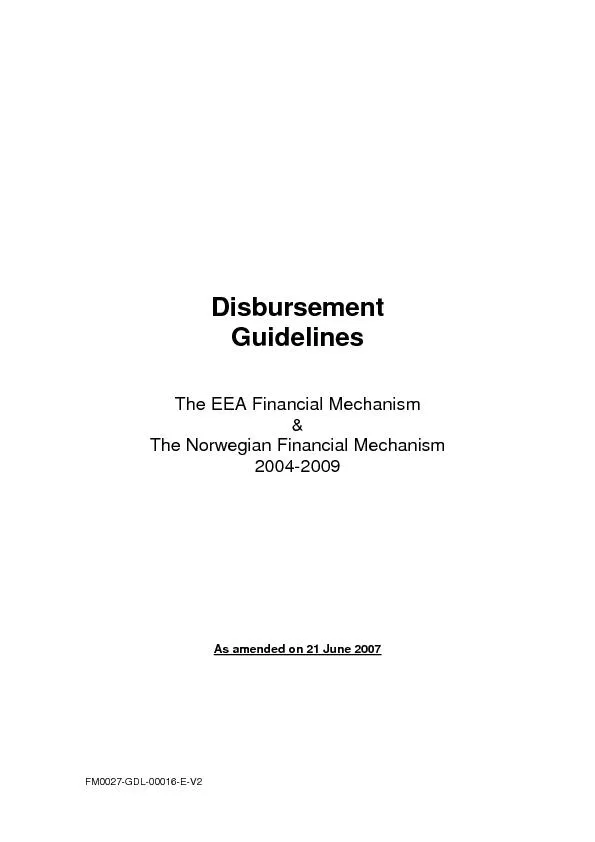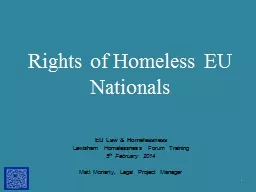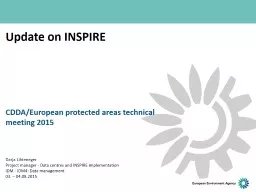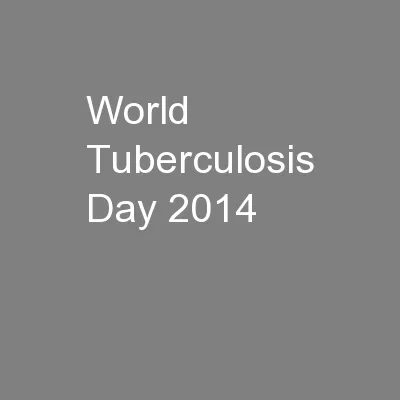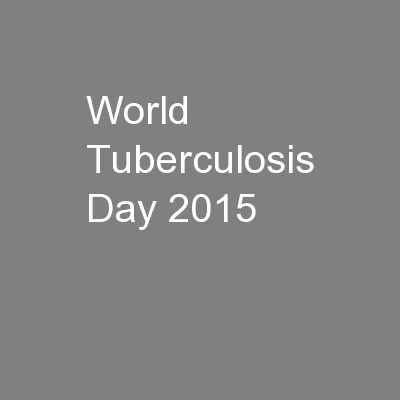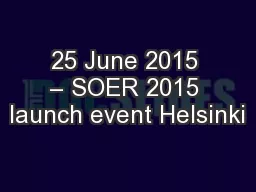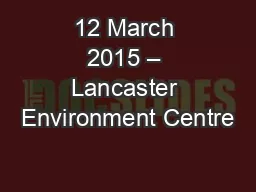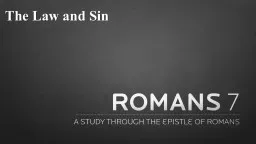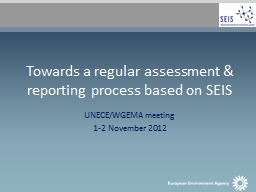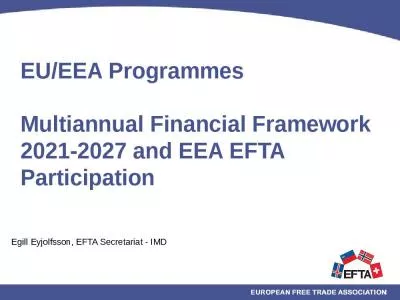PPT-EEA – not only EEA LAW
Author : leah | Published Date : 2023-10-31
Basics of EEA agreement Single european Market This is the main goal of EU and EEA Economic collaboration https wwwyoutubecomwatchv7Bg3Php6Tc https
Presentation Embed Code
Download Presentation
Download Presentation The PPT/PDF document "EEA – not only EEA LAW" is the property of its rightful owner. Permission is granted to download and print the materials on this website for personal, non-commercial use only, and to display it on your personal computer provided you do not modify the materials and that you retain all copyright notices contained in the materials. By downloading content from our website, you accept the terms of this agreement.
EEA – not only EEA LAW: Transcript
Download Rules Of Document
"EEA – not only EEA LAW"The content belongs to its owner. You may download and print it for personal use, without modification, and keep all copyright notices. By downloading, you agree to these terms.
Related Documents

